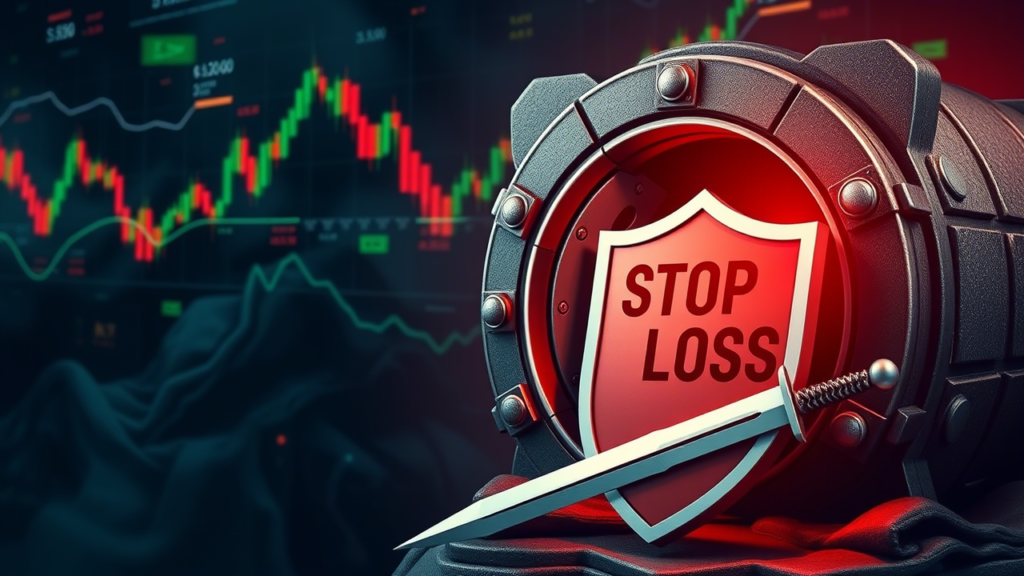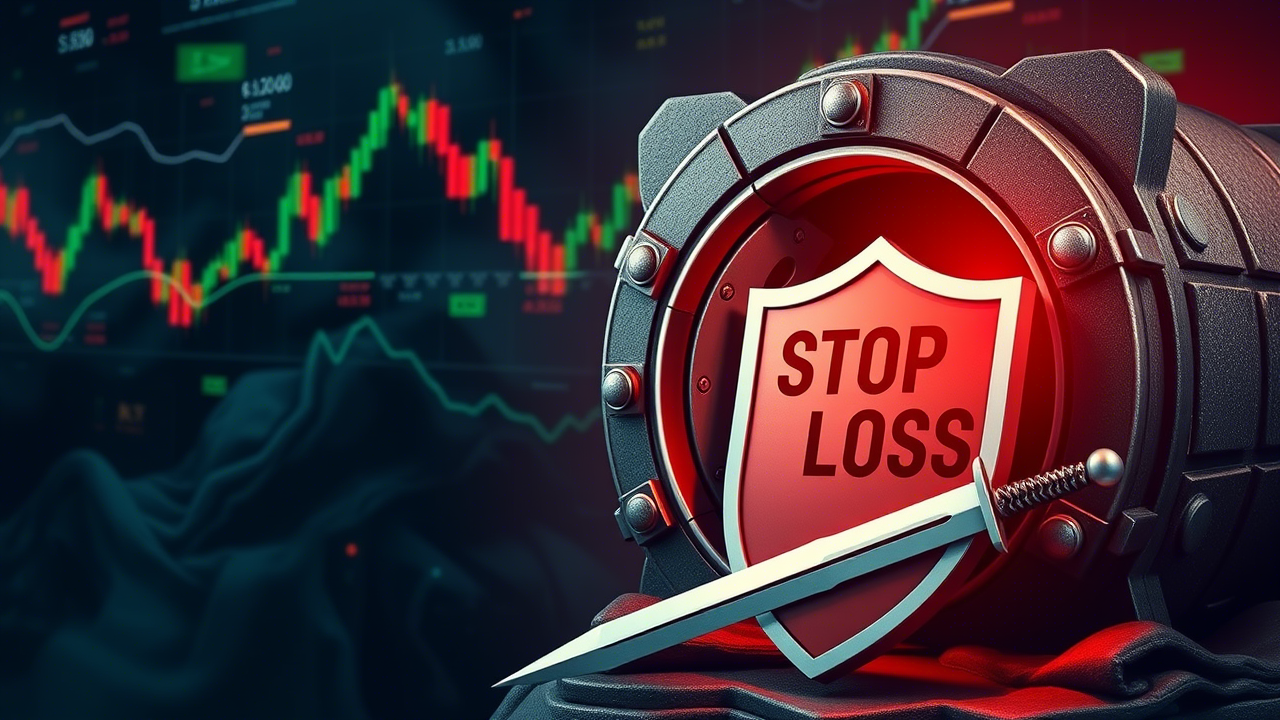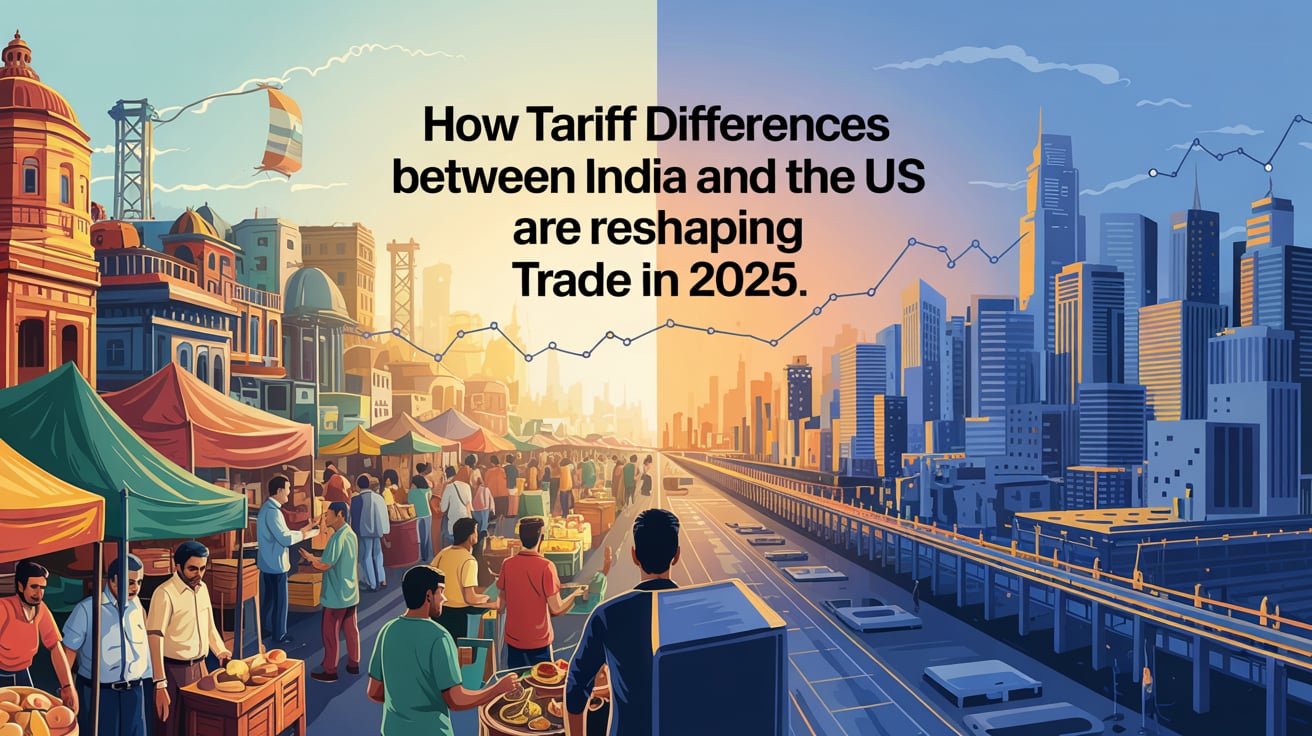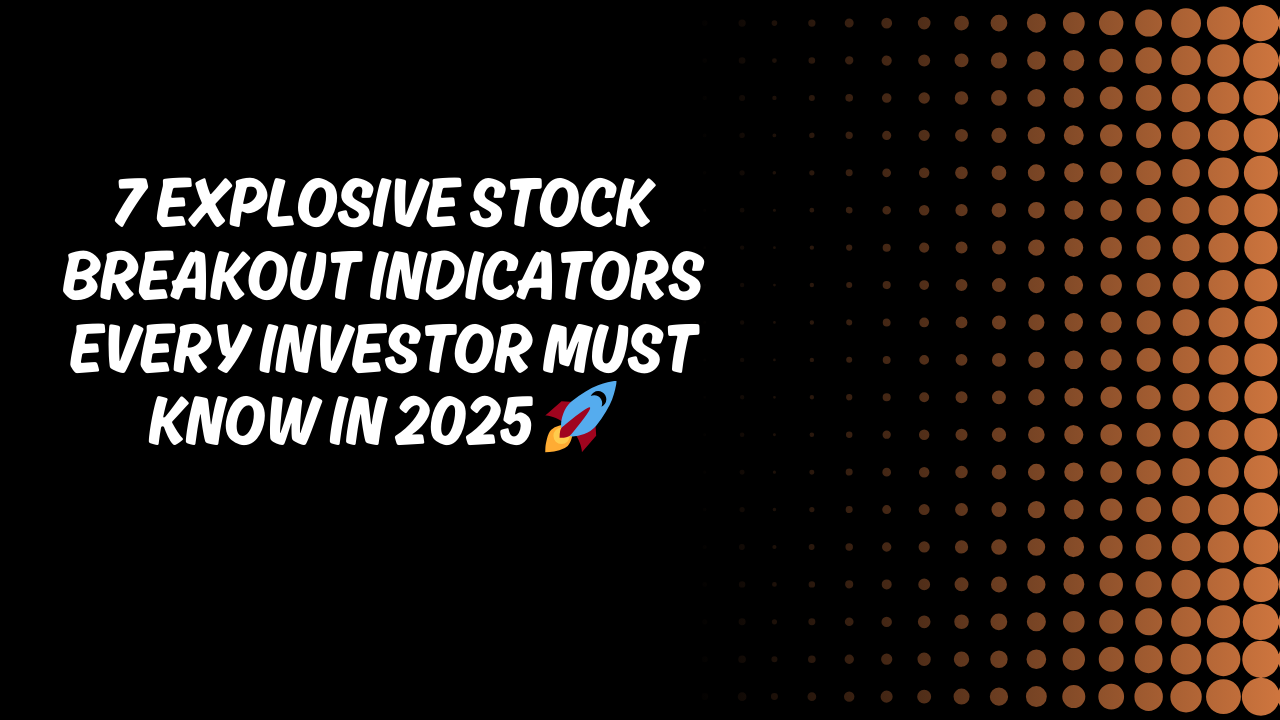If you’ve ever wondered why seasoned traders obsess over stop loss strategies, the answer lies in one brutal truth: Without a stop loss, even a small loss can spiral into a portfolio nightmare. The data doesn’t lie—as shown in the table below, a 50% loss requires a 100% gain just to break even. Let’s dive into why stop loss is not just a tool but a lifeline for your investments.
Why Stop Loss Matters: The Math That Will Shock You
The table above reveals a harsh reality. For example:
- A -10% loss needs an 11% gain to recover.
- A -50% loss demands a 100% gain—doubling your money just to break even.
- A -90% loss? You’ll need a jaw-dropping 900% return.
This exponential relationship between losses and required gains is why stop loss strategies are non-negotiable. Let’s break down seven reasons to adopt this practice immediately.

1. Stop Loss Prevents Emotional Trading
Without a predefined exit plan, fear and greed take over. A stop loss automates discipline, ensuring you cut losses before emotions wreck your strategy. As legendary trader Paul Tudor Jones once said, “The secret to trading is to lose the least possible.”
2. The 90% Trap: How Small Losses Become Portfolio Killers
Imagine a 30% drawdown. To recover, you need a 43% gain. But without a stop loss, that 30% could easily balloon to 50% or 70% during market chaos. Case in point: The 2008 crash saw portfolios without stop losses wiped out, while disciplined traders survived.
3. Backtesting: How to Predict Your Strategy’s Worst-Case Scenario
Historical data is your best teacher. By backtesting your strategy, you can identify past maximum drawdowns. For instance, if your system historically drops 20% before rebounding, set your stop loss slightly below that threshold. Tools like TradingView simplify this analysis.
4. The Domino Effect of Drawdowns
A 40% loss requires a 67% gain to recover. But here’s the kicker: The deeper the hole, the harder it is to climb out. This “domino effect” is why institutions like Vanguard emphasize risk management.
5. Stop Loss vs. “Hoping” the Market Recovers
Holding onto losing positions in hopes of a rebound is like playing Russian roulette. During the 2020 COVID crash, traders using stop-loss orders exited early and re-entered at lower prices, while others watched their portfolios evaporate.
6. How to Set the Right Stop Loss Level
- Volatility-based stops: Use Average True Range (ATR) to set dynamic levels.
- Percentage-based stops: Align with your risk tolerance (e.g., 5-10% per trade).
- Technical stops: Place below support levels or moving averages.
For a deep dive, check out our guide on Advanced Risk Management Strategies.
7. Real-World Example: The 97% Nightmare
A 97% loss—like the collapse of Lehman Brothers—requires a 3,233% gain to recover. While extreme, it underscores why stop loss isn’t optional. Even “safe” stocks like General Electric fell 90%+ in a decade.
Conclusion: Stop Loss Is Not Optional—It’s Survival
The numbers speak for themselves. A stop loss isn’t about avoiding losses; it’s about ensuring survivable ones. By integrating this tool with backtesting and disciplined risk management, you protect your portfolio from catastrophic drawdowns. Remember: The market doesn’t care about your hopes—it only respects preparation.
Act now: Review your trading plan, set stop losses, and test your strategy. For more insights, explore our guide on How to Backtest Like a Pro or dive into Investopedia’s Risk Management Primer.
Also Read: Warren Buffett’s 14 Investing Rules: The Ultimate Guide to Building Wealth Like a Pro click here





